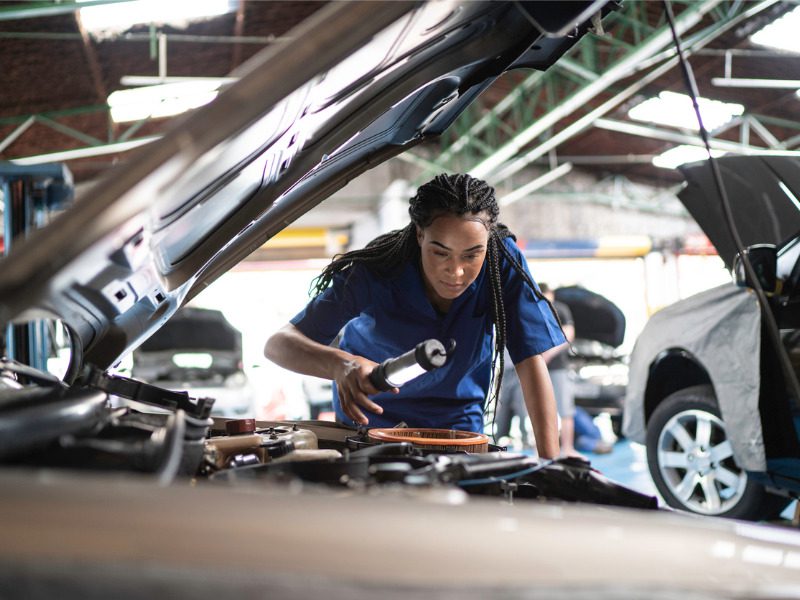Brokers: Do your clients have the right amount of vehicle loss-of-use coverage?

Although supply chain issues show some signs of easing, these challenges are still causing lengthy repair times for vehicles that extend well past standard loss-of-use coverage.
In other words, clients may need to pay out of pocket for months’ worth of rental vehicle or transportation costs while their vehicles are being repaired or replaced, rate comparison site Ratesdotca warned.
Loss-of-use coverage for stolen vehicles with standard insurance policies amounts to approximately $900, which is intended to cover only a few days of vehicle rental or transportation costs.
“I’ve seen drivers wait three or four months for a vehicle repair, while their insurance policies only cover a fraction of what they need to cover for transportation costs,” Kelsey Hawke, an insurance expert with Ratesdotca, said in a statement. “With inflation, those costs can balloon very quickly.
“We expect supply chain issues to continue to affect waits for vehicle repairs and replacements for some time. Drivers need to be prepared for the possibility of going months without access to their vehicle in case of an accident that requires repairs or theft.”
Loss-of-use coverage typically provides the policyholder with a replacement vehicle or reimbursement for transportation costs while the vehicle is being repaired or replaced. If the driver is at fault, they do not receive any loss-of-use coverage unless they have purchased an optional endorsement. If the driver is not at fault, insurers will pay a “reasonable amount for the loss of use of the vehicle to the per cent in which the driver is not at fault,” Ratesdotca reported.
iStock.com/ArLawKa AungTun
Annual fees for the loss-of-use endorsement vary by insurer and amount of coverage purchased. “Drivers can purchase 30, 60 or 90-day coverage, or by dollar amount, for example $1,500 or $2,500,” Ratesdotca said. “Expect to pay approximately $40 to $50 for an additional 30 days or $1,500 of coverage.”
The average coverage amount of $900 is only intended to cover a few days of costs, as Ratesdotca noted. However, uncertain vehicle parts availability and repair backlogs are contributing to an increase in the average length of rental (LOR) time for vehicles in Canada.
According to Mitchell, an Enlyte company, the average LOR in Canada for collision replacement-related rentals jumped nearly six days year-over-year to 16 days in 2022 Q2, up 5.8 days from 2021 Q2 and almost a full day (+0.9) from the first quarter this year.
Ontario saw the largest increase of average billed days for Canada at 18.3 in 2022 Q2 (up 7.23 days from 11.1 in 2021 Q2). Other provinces saw an increase between four and 7.1 days year-over-year.
New OEM parts availability is still driving many delays, but delays are starting to return to pre-COVID levels, reported Greg Horn, PartsTrader’s chief innovation officer.
Insurers are also feeling the effects of supply chain challenges on auto lines.
“I think everybody sees that [when] there’s supply chain pressure in the auto industry generally, that means there just isn’t the availability of cars,” Aviva Canada CEO Jason Storah told Canadian Underwriter in early August. “For us, that means not only are cars more expensive to fix or to replace, but it also means customers are in rental cars for longer because their cars are in body shops for longer.”
However, Aviva also told CU that despite prices increasing nationally due rental car shortages, most customers haven’t been exceeding their coverage.
“For not-at-fault loss where the rental limit is not applicable, we will help mitigate by negotiating rates for customers,” Aviva said. “Based on our data, only 2% of Aviva Canada customers exceed their rental coverage.”
Feature image by iStock.com/FG Trade



